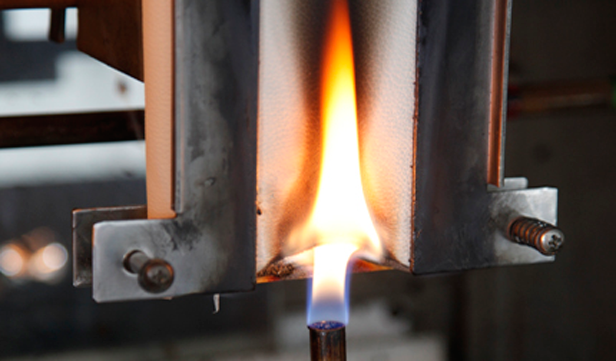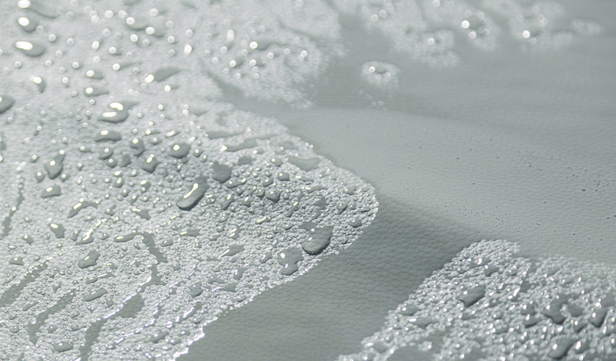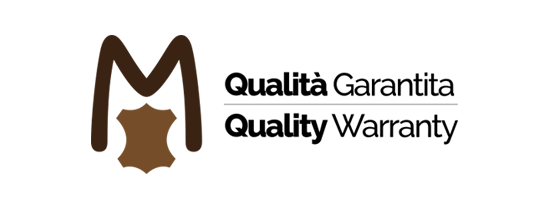Maxpell - Certifications

One of the most important features of Maxpell leathers is that they are not only precious products, but also long-lasting and resistant. For this reason, it is necessary that our collections are in compliance with some European and International regulations of fire resistance and other factors.
In case of specific certifications, we will be available to complete the required tests. The tanneries where our leathers are manufactured are ISO14000 certified to respect the sustainability.

FIRE RESISTANCE
Over the years there has been an increasing demand of fire-resistant products in the leather world. We have worked to provide with this request without compromising on the original softness of the product. Guaranteeing the leather flammability of products involved in car upholstery, hotels’ armchairs or private houses, is crucial. For this reason Maxpell’s commitment in the creation of a reliable fire-resistant product allows our leather to obtain the fire resistance certification from every country all over the world.

- BS (British Standard) 5852 Source 0 (cigarette) - The test for household upholstery consists in putting a smouldering cigarette along the crevice of the test rig, where it is allowed to burn completely. If on the rig or inside the internal material there are no signs of progressive smouldering or flames within an hour since the application of the cigarette, the product passes the test.
(Official in UK and Eire, recommended in the greatest part of the world).
- BS (British Standard) 5852 Source 1 (match test or small flame) - The test for household upholstery consists in putting a burner (simulated match) along the crevice of the test rig for twenty second and then it is removed. If on the test rig and inside the internal material there are no signs of progressive smouldering or flames within an hour since the flame application, the product passes the test.
(Official in UK and Eire, recommended in the greatest part of the world).
- BS (British Standard) 5852 Source 5 (CRIB 5) - The test is performed only upon request and on orders, and it consists in assembling a structure of wood materials (wooden planks glued together) with a trace of lint at the bottom. Some propanediol is added and the structure is put on the test rig and let it burning with a burner or a match. If on the test rig and inside the internal material there are no signs of progressive smouldering or flames within an hour since the flame application, the product passes the test.
(Official in UK and Eire, recommended in the greatest part of the world).
- TB (Technical Bullettin; American Standard) 117 - The test is performed to test the fire retardation of resilient material used as filling material of household upholstery. The material resistance is tested by putting it on a chair for the simulation and to subject it on a cigarette smouldering. If the material does not present any sign of flames, the product passes the test.
(Official in USA, recommended in North America, South America and Oceania)
- CLASS 1 I EMME - The fire resistance test for household upholstery is performed by applying to a test rig on a simulation chair, a 44mm burner and subjecting it to several tests with different application times for each material (20s on the upholstery, 140s on the manufactured). At the end of the application time, since the burner which caused the ignition flame has been removed, the natural flameout is checked within 120 seconds. If this self-extinguishing property is performed within the set time limit, the product passes the test.
(Official in Italy, San Marino)
- FMVSS 302 - The test is for the material used inside the motor vehicles and it consists in subjecting a sample to a Bunsen burner flame for 15 seconds. The propagation speed is observed between two points and calculated per minute. The product passes the test only when the burning rate is not greater than 100mm per minute.
(Official in USA, recommended in North America, South America and Oceania)
- IMO FTPC 8 - The anti-flame test for marine equipment is performed by subjecting the materials, upholstery and vertical samples to different heat sources (a cigarette and a flame) to check the presence or not of potential combustion evidences and progressive flames. If there are no signs of this kind in any of the cases, the product passes the test.
(Official in the greatest part of the world; recommended in all the countries of the world)
WATER RESISTANCE
Even though the finished leathers are water-resistant, we prefer to be sure about it. The finishes we use are resistant to water-based liquids, even though they are imperceptible to touch, sight, and smell. Also in this case, the absolute softness and breathability of the leather are unchanged. If the leather gets wet, it is important to quickly remove the liquid in order to avoid that it can overcome the barrier of the surface tension of the leather.





